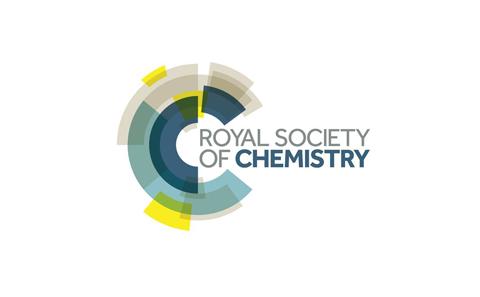CANCELLED: Sustainable Manufacturing of Functional Materials Seminar

- Time:
- 14:00
- Date:
- 25 March 2020
- Venue:
- Building 27 Room 2003
For more information regarding this seminar, please email Dr Geoff Hyett at G.Hyett@soton.ac.uk .
Event details
A Chemistry seminar
Current research involves developing robust water repellent materials that can be combined with different adhesives to create “self-cleaning” surfaces, such that water droplets are able to roll over the surface, picking up dirt, viruses and bacteria along the way. Superhydrophobic (SH) surfaces are based on the surface nano/micro-morphology, which are typically mechanically weak and stop functioning when exposed to oil. An ethanolic suspension of perfluorosilane-coated TiO2 nanoparticles was used to form a paint that can be dipped, sprayed or extruded onto both hard and soft materials creating a self-cleaning surface which functions even upon emersion in oil. Addition of a lubricant to the SH paint coating results in a slippery liquid-infused porous surface (SLIPS) omniphobic coating which repels water, coffee, red wine and cooking oils. Even after extreme thermal, mechanical and chemical tests the coatings retain their slippery properties and omniphobicity. Dual-scale TiO2 and SiO2 particles in combination with a fluoroalkylsilane and polydimethylsiloxane SH/superoleophilic coatings have also been developed for efficient solvent-water separation.
In order to develop transparent superhydrophobic coatings via a one-step fabrication method aerosol-assisted chemical vapour deposition (AACVD) has also been used. Hierarchical micro/ nano-structured transparent superhydrophobic polytetrafluoroethylene (PTFE) films with a water contact angle of 168˚, a water sliding angle < 1˚ and transmittance to visible light > 90% have been prepared on glass substrates via AACVD. The films showed self-cleaning and anti-corrosion properties. In addition, robust superhydrophobic surfaces have been synthesized as composites of the widely commercially available adhesives epoxy resin (EP) and polydimethylsiloxane (PDMS). The EP layer provided a strongly adhered micro/nanoscale structure on the substrates, while the PDMS was used as a post-treatment to lower the surface energy. A novel dynamic deposition temperature approach was developed to create multiple-layered periodic micro/nanostructures that significantly improved the surface mechanical durability. AACVD has also been used to develop thin films of other functional materials, including processes towards sustainable and inexpensive high quality transparent conducting oxide films on float glass and photocatalytic films.
Speaker information
Professor Claire J. Carmalt, University College London. Professor of Inorganic Chemistry